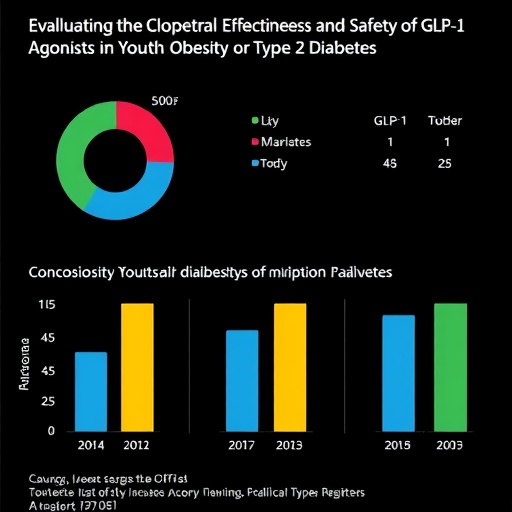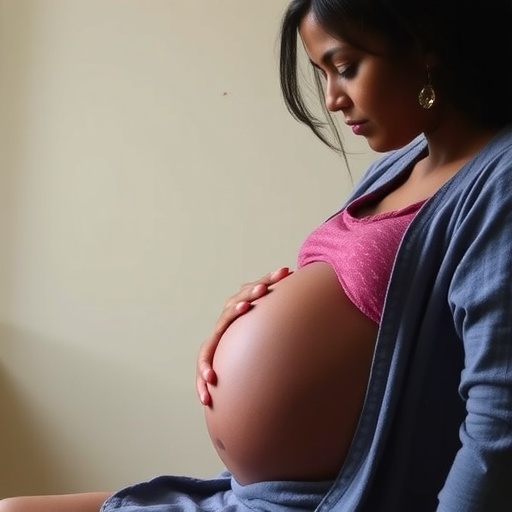Washington, DC, June 28, 2018
For the majority of affected youth, anxiety disorders are chronic, even after a successful course of evidence-based treatments, reports a study published in the July 2018 issue of the Journal of the American Academy of Child and Adolescent Psychiatry (JAACAP).
Pediatric anxiety disorders are common psychiatric illnesses, affecting approximately 10 percent of children. In one of the largest comparative treatment studies, researchers found that 12 weeks of sertraline and/or cognitive behavioral therapy (CBT) were effective in reducing anxiety and improving functioning. In the newly released follow-up study, researchers re-contacted these youths an average of six years later and then re-assessed them annually for up to four additional years.
Researchers found that 22 percent of youth who received 12 weeks of treatment for an anxiety disorder stayed in remission over the long term, meaning they did not meet diagnostic criteria for any anxiety disorder (defined as any DSM-IV TR anxiety disorder, including post-traumatic stress disorder and obsessive-compulsive disorder). 30 percent of youth who had received treatment remained chronically ill, meeting diagnostic criteria for an anxiety disorder during each year of follow-up, and 48 percent relapsed, meaning they met diagnostic criteria for an anxiety disorder at some, but not all follow-ups.
"When you see so few kids stay non-symptomatic after receiving the best treatments we have, that's discouraging," said one of the study's principal investigators, Dr. Golda Ginsburg, Professor of Psychiatry at the University of Connecticut School of Medicine, Hartford, CT, USA. "However, we found no difference in outcomes by treatment type. Children were just as likely to stay in remission after treatment with medication as they were after treatment with CBT," Dr. Ginsburg added.
Specifically, 319 youth and young-adults (the mean age at first follow-up assessment was 17 years) were followed from 2011 through 2015 (65 percent of the 488 youth included in the original treatment study). The researchers conducted annual evaluations that assessed, among other factors, diagnoses, school and social functioning, and service use. Findings indicated that at each follow-up year, approximately half of the youth remained in remission. When examined across all years of the follow-up, that number dropped to 22 percent, while 30 percent continued to meet criteria for an anxiety disorder at every annual evaluation.
The researchers found several factors that predicted which anxious youth were most likely to be in stable remission over the follow-up period. These factors included those who showed clinical improvement after 12 weeks of treatment; males; youth without a social phobia diagnosis; youth who had better family functioning; and those who experienced fewer negative life events.
The researchers concluded that while it may be optimistic to expect that 12 weeks of treatment resulted in long-term remission, it is now clear that more needs to be done to help anxious youth–including treatments that are more durable and a better mental health wellness model that includes regular check-ups to prevent relapse and improve outcomes over time.
###
Notes for editors
The article is "Results from the Child/Adolescent Anxiety Multimodal Extended Long-term Study (CAMELS): Primary Anxiety Outcomes," by Golda S. Ginsburg, PhD, Emily Becker-Haimes, PhD, Courtney Keeton, PhD, Philip C. Kendall, PhD, ABPP, Satish Iyengar, PhD, Dara Sakolsky, MD, Anne Marie Albano, PhD, Tara Peris, PhD, Scott Compton, PhD, and John Piacentini, PhD, ABPP (https://doi.org/10.1016/j.jaac.2018.03.017). It appears in Journal of the American Academy of Child and Adolescent Psychiatry, volume 57, issue 7 (July 2018), published by Elsevier.
Dr. Ginsburg is with the University of Connecticut School of Medicine, West Hartford, and has been developing and evaluating interventions for anxious youth for over 20 years. She currently has funding from the National Institute of Mental Health (NIMH) and the Department of Education.
Copies of this paper are available to credentialed journalists upon request; please contact Mary Billingsley at [email protected] or +1 202 587 9672. Journalists wishing to interview the authors may contact Golda S. Ginsburg, PhD, Department of Psychiatry University of Connecticut School of Medicine, 65 Kane Street Room 2033 West Hartford, CT 06119 at [email protected].
About JAACAP
Journal of the American Academy of Child and Adolescent Psychiatry (JAACAP) is the official publication of the American Academy of Child and Adolescent Psychiatry. JAACAP is the leading journal focusing exclusively on today's psychiatric research and treatment of the child and adolescent. Published twelve times per year, each issue is committed to its mission of advancing the science of pediatric mental health and promoting the care of youth and their families.
The Journal's purpose is to advance research, clinical practice, and theory in child and adolescent psychiatry. It is interested in manuscripts from diverse viewpoints, including genetic, epidemiological, neurobiological, cognitive, behavioral, psychodynamic, social, cultural, and economic. Studies of diagnostic reliability and validity, psychotherapeutic and psychopharmacological treatment efficacy, and mental health services effectiveness are encouraged. The Journal also seeks to promote the well-being of children and families by publishing scholarly papers on such subjects as health policy, legislation, advocacy, culture and society, and service provision as they pertain to the mental health of children and families. http://www.jaacap.org
About Elsevier Elsevier is a global information analytics business that helps institutions and professionals advance healthcare, open science and improve performance for the benefit of humanity. Elsevier provides digital solutions and tools in the areas of strategic research management, R&D performance, clinical decision support and professional education, including ScienceDirect, Scopus, SciVal, ClinicalKey and Sherpath. Elsevier publishes over 2,500 digitized journals, including The Lancet and Cell, more than 38,000 e-book titles and many iconic reference works, including Gray's Anatomy. Elsevier is part of RELX Group, a global provider of information and analytics for professionals and business customers across industries. http://www.elsevier.com
Media contact
Mary Billingsley
JAACAP Editorial Office
+1 202 587 9672
[email protected]
Media Contact
Mary Billingsley
[email protected]
202-587-9672
@elseviernews
http://www.elsevier.com
https://www.elsevier.com/about/press-releases/research-and-journals/less-than-a-quarter-of-american-youths-previously-treated-for-anxiety-disorders-stay-anxiety-free
Related Journal Article
http://dx.doi.org/10.1016/j.jaac.2018.03.017




